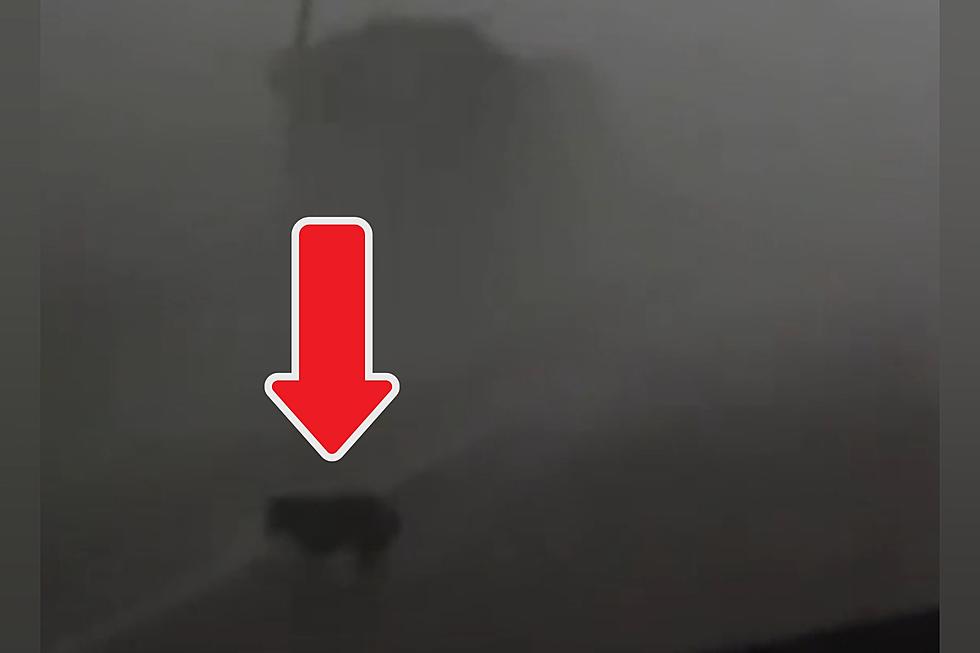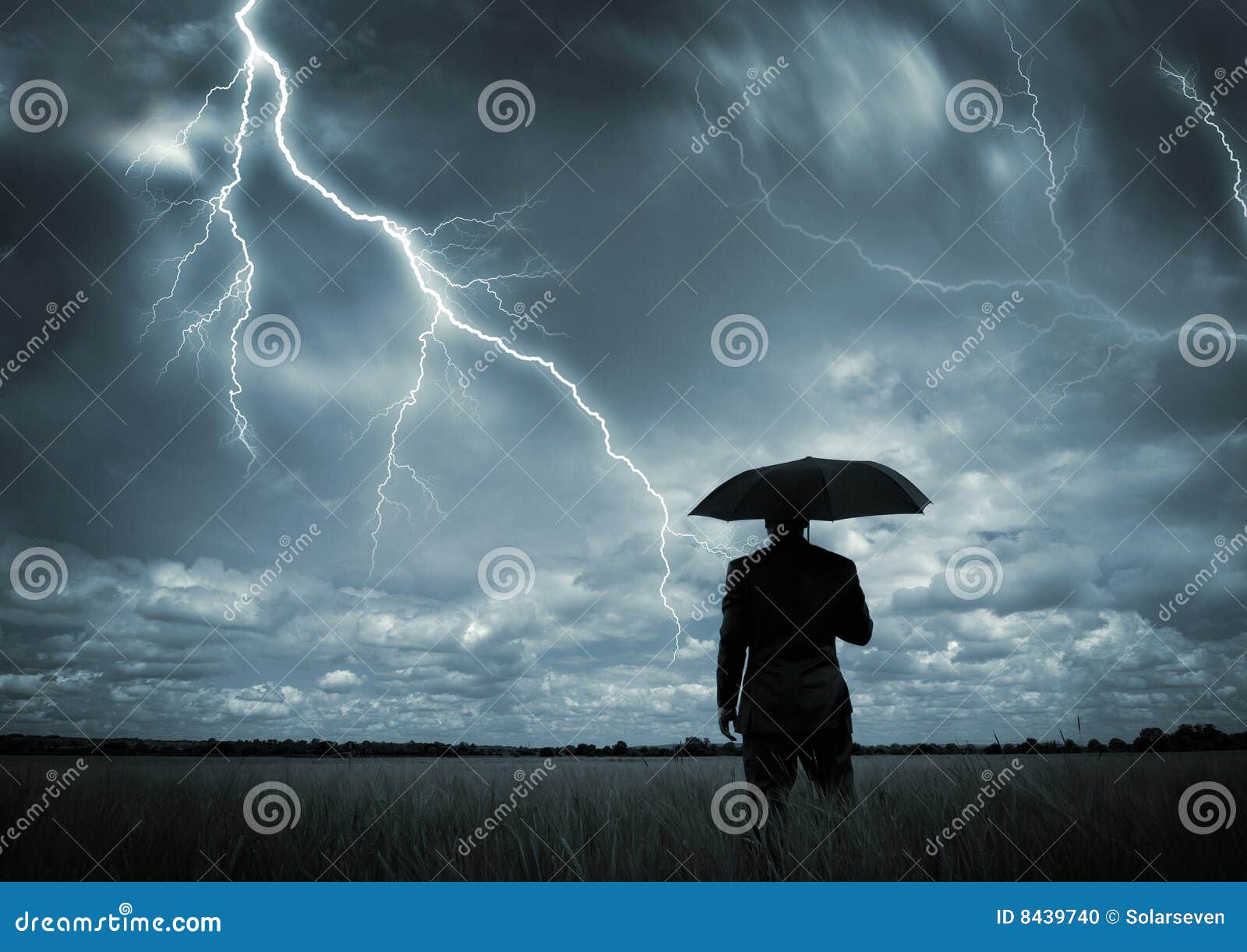Understanding Tornadoes: The Twister Caught In The Storm
Tornadoes represent one of nature’s most formidable and unpredictable forces, capable of causing catastrophic destruction in a matter of seconds. The awe-inspiring yet terrifying phenomenon of a twister caught in the storm symbolizes the sheer power of the natural world. Delving into the science behind tornadoes and how they form can empower communities to prepare effectively and minimize the devastating consequences of these events.
Tornadoes, often referred to as "twisters," are rotating columns of air that connect the ground to a cumulonimbus cloud. These powerful windstorms arise from intricate atmospheric conditions and can occur globally, though certain regions, like Tornado Alley in the United States, experience them more frequently. This article explores tornadoes comprehensively, covering their causes, effects, and safety measures, offering insights into mitigating their impact.
As we explore the world of tornadoes, it is vital to appreciate the importance of understanding these natural phenomena. Education is key to reducing risks and ensuring the safety of communities. Let us journey through the fascinating realm of tornadoes, uncovering the secrets behind the twister caught in the storm.
Read also:The Inspirational Journey Of Matt Rogers From Chicago To Nba Stardom
Table of Contents
- Exploring Tornadoes: An Introduction
- The Science Behind Tornado Formation
- Types of Tornadoes
- Tornado Safety Measures
- Historical Tornado Events
- Tornado Statistics and Trends
- Advancements in Tornado Detection Technology
- Environmental Impact of Tornadoes
- Community Preparedness and Response
- Conclusion and Call to Action
Exploring Tornadoes: An Introduction
Tornadoes rank among the most destructive natural disasters, with winds that can exceed 300 miles per hour. The twister caught in the storm serves as a striking reminder of nature’s unpredictable power. These violent windstorms often strike suddenly, making them particularly perilous.
What Triggers Tornadoes?
Tornadoes form when warm, moist air collides with cold, dry air, creating instability in the atmosphere. This interaction leads to the formation of a supercell thunderstorm. Within this storm, a rotating updraft known as a mesocyclone can develop, eventually resulting in a tornado if the conditions align perfectly.
Where Do Tornadoes Typically Occur?
While tornadoes can occur anywhere globally, certain regions are more susceptible. The United States, particularly the area known as Tornado Alley, experiences the highest frequency of tornadoes worldwide. This region stretches from Texas to North Dakota and is distinguished by its unique atmospheric conditions, making it a hotspot for tornado activity.
The Science Behind Tornado Formation
The formation of a tornado involves a complex interplay of meteorological factors. Understanding the underlying science can enhance our ability to predict and prepare for these events, ultimately saving lives.
Key Ingredients for Tornado Formation
- Warm, moist air originating from the Gulf of Mexico
- Cold, dry air from Canada
- A lifting mechanism, such as a cold front or dryline
- Strong wind shear
The Role of Wind Shear in Tornado Formation
Wind shear, the variation in wind speed and direction with height, plays a critical role in tornado formation. It contributes to the rotation necessary for a mesocyclone to develop. Without wind shear, the likelihood of a tornado forming diminishes significantly.
Types of Tornadoes
Tornadoes vary in size, strength, and duration, and understanding these differences is essential for accurate forecasting and safety planning. Recognizing the distinctions between types of tornadoes helps meteorologists provide more precise warnings.
Read also:From Street Hustle To Blue Uniform A Mans Inspiring Journey
Wedge Tornadoes: The Giants of the Sky
Wedge tornadoes are characterized by their immense width and are often highly destructive. These massive twisters can cause catastrophic damage to buildings and infrastructure, leaving a trail of devastation in their wake.
Rope Tornadoes: The Slender Twisters
Rope tornadoes are long and narrow, resembling a rope. Although they are generally weaker than wedge tornadoes, they can still pose significant risks to life and property, especially in densely populated areas.
Tornado Safety Measures
Knowing how to stay safe during a tornado is critical for survival. Whether you are at home, in a car, or outdoors, specific steps can be taken to minimize the risk of injury and ensure your safety.
Safety Tips for Homeowners
- Seek refuge in a basement or storm cellar, if available
- Avoid windows and exterior walls to reduce the risk of injury from flying debris
- Protect yourself with blankets or pillows to shield against potential hazards
Safety Tips for Drivers
If you encounter a tornado while driving, finding a safe place to stop is paramount. Avoid bridges and overpasses, as these structures can become death traps during a tornado. Instead, seek shelter in a sturdy building or lie flat in a ditch if no other options are available.
Historical Tornado Events
Throughout history, numerous devastating tornadoes have left an indelible mark on communities. Studying these events provides valuable insights into the nature of tornadoes and aids in preparing for future occurrences.
The Tri-State Tornado of 1925: A Tragic Milestone
The Tri-State Tornado of 1925 stands as one of the deadliest tornadoes in recorded history. It traversed three states—Missouri, Illinois, and Indiana—inflicting widespread destruction and resulting in over 695 fatalities, underscoring the catastrophic potential of tornadoes.
The Joplin Tornado of 2011: A Modern Catastrophe
The Joplin Tornado of 2011 was one of the most catastrophic tornadoes in recent history. It devastated the city of Joplin, Missouri, causing over $2.8 billion in damages and resulting in 161 deaths, highlighting the need for improved warning systems and preparedness.
Tornado Statistics and Trends
Data and statistics are instrumental in understanding tornado patterns and trends. Analyzing historical data enables meteorologists to refine forecasting models and better prepare communities for future events.
Average Number of Tornadoes Per Year
In the United States, an average of 1,200 tornadoes occur annually. This number can fluctuate significantly based on atmospheric conditions and geographical location, emphasizing the importance of continuous monitoring and preparedness.
Tornado Fatalities and Injuries: A Declining Trend
Despite the consistent number of tornadoes, fatalities and injuries have decreased over the years due to advancements in warning systems and increased public awareness. Continued efforts in education and technology are crucial to maintaining this downward trend.
Advancements in Tornado Detection Technology
Technological innovations have revolutionized tornado detection and prediction. Doppler radar, satellite imagery, and sophisticated computer models have significantly enhanced our ability to forecast these storms with greater accuracy, providing critical lead time for evacuation and sheltering.
Doppler Radar: A Cornerstone of Tornado Detection
Doppler radar is a vital tool in tornado detection, capable of identifying areas of rotation within a storm. This capability allows meteorologists to issue warnings before a tornado touches down, giving people precious time to seek safety.
Satellite Imagery: A Bird's-Eye View of Storms
Satellite imagery offers a comprehensive view of storms, helping to identify the conditions that lead to tornado formation. This technology is invaluable for tracking large-scale weather systems and providing early warnings to affected areas.
Environmental Impact of Tornadoes
Tornadoes not only threaten human life but also have a profound impact on the environment. They can cause deforestation, disrupt ecosystems, and alter landscapes, leading to long-term ecological consequences.
Deforestation: The Aftermath of Tornadoes
Tornadoes can uproot trees and destroy forests, leading to habitat loss for wildlife. This disruption can have lasting effects on biodiversity and ecosystem health, underscoring the broader environmental implications of tornadoes.
Soil Erosion: A Hidden Consequence
The destruction caused by tornadoes can lead to soil erosion, as the removal of vegetation exposes the soil to wind and water. This degradation can further damage the environment and reduce agricultural productivity, highlighting the need for restoration efforts.
Community Preparedness and Response
Community preparedness is essential for minimizing the impact of tornadoes. Collaborative efforts can lead to the development of effective response plans, ensuring the safety of residents in the face of these natural disasters.
Emergency Preparedness Plans: A Blueprint for Safety
Every community should have a comprehensive emergency preparedness plan, detailing the necessary actions before, during, and after a tornado. This includes identifying safe shelters, establishing communication protocols, and conducting regular drills to ensure readiness.
Public Education and Awareness: Empowering Communities
Public education and awareness campaigns are vital for ensuring that everyone knows how to respond to a tornado. By disseminating information on safety measures and warning signs, communities can reduce the risk of injury and loss of life, fostering a culture of preparedness.
Conclusion and Call to Action
Tornadoes are an awe-inspiring yet unpredictable force of nature. With knowledge and preparation, we can mitigate their impact and protect ourselves and our communities. By understanding the science behind tornado formation, recognizing the signs of an approaching storm, and adhering to safety guidelines, we can enhance our resilience in the face of these powerful phenomena.
We encourage you to share this article with others and continue the dialogue about tornado preparedness. Together, we can make a difference and ensure that everyone is equipped to confront the challenges posed by the twister caught in the storm. For additional insights, explore our other articles on natural disasters and safety measures.


